Does My Facility Need Pediatric Pads?
- Oct 15, 2018

If you run a daycare center, elementary school, community center, pediatric medical practice, pediatric dental office, or any other organization that routinely serves young children under the age of eight, yes, you should purchase an AED with a pediatric setting and/or pediatric pads.
We think it’s important to note that sudden cardiac arrest (SCA) is a relatively unusual occurrence in children. According to the Children’s Hospital of Philadelphia, “Each year, SCA claims the lives of over 2,000 children and adolescents in the U.S. and accounts for approximately 3-5% of all deaths in children aged 5-19 years. It is also responsible for 10-15% of sudden unexpected infant deaths.”
The 2015 AHA Heart and Stroke Statistics released by the American Heart Association found that 6,300 Americans under the age of 18 experienced an EMS-assessed out-of-hospital cardiac arrest (OHCA). When CPR and AEDs are administered within three to five minutes of cardiac arrest, sudden death can be prevented.
Some of the most common causes of sudden cardiac arrest in young people include:
- Hypertrophic Cardiomyopathy (HCM)
- Congenital Abnormalities
- Commotio Cordis
Can I Use Adult AED Pads on a Child?
If young children rarely pass through your office doors, then you’re good to go with adult pads because, in a pinch, adult AED pads can be used on a child who is experiencing cardiac arrest.
Although AEDs are manufactured with adults in mind, pediatric settings and pads adjust the energy level used, making them safer for young children who weigh less than 55 pounds.
The American Heart Association recommends that pediatric attenuated pads should be used on infants and children under the age. Adult pads are used on children eight years and older.
However, using adult pads on a young child or infant is advisable if a child is experiencing SCA and pediatric settings are not available. After all, defibrillation can shock an irregular heartbeat back into an acceptable rhythm. And save a young life.
“In the absence of prompt defibrillation for ventricular fibrillation or pulseless ventricular tachycardia, survival is unlikely. Automated external defibrillators should be used in infants with suspected cardiac arrest, if a manual defibrillator with a trained rescuer is not immediately available. Automated external defibrillators that attenuate the energy dose (eg, via application of pediatric pads) are recommended for infants. If an AED with pediatric pads is not available, the AED with adult pads should be used (Journal of Pediatric Emergency Care ).”
How Do I apply AED Pads to a Young Child?
When applying AED pads on an infant or young child, apply one pad to the front of the chest and the other to the child’s back so that the pads do not come into contact with one another.
Once the pads are attached, follow the instructions given by the AED.
An AED is designed to analyze a victim’s heart rhythm, regardless of age. If a shockable rhythm is detected, an AED will prompt the rescuer to administer the shock. Some devices will administer shocks automatically. An AED will not advise or deliver a shock unless the victim’s heart rhythm is in one of two shockable rhythms.
In other words: don’t worry, you cannot accidentally shock someone with an AED. You’ll never do more harm than good!
What Do Pediatric AED Pads Look Like?
Pediatric electrode pads are typically smaller and feature a different color packaging than adult pads. Generally speaking, the instructions and pad placement illustrations will depict a small child or infant. If your AED requires a child/infant key, the key will likely have an illustration on it showing the proper placement of the adult AED electrode pads for use on a child or infant.
To learn more about our CPR and AED Training or to purchase an AED with pediatric capabilities, visit aed.com or call Cardio Partners at 800-544-0004. You can also email us at customerservice@cardiopartners.com.
DISCLAIMER: Information and resources found on the cardiopartners.com and aed.com websites/blogs is intended to educate, inform, and motivate readers to make their health and wellness decisions after consulting with their healthcare provider. The authors are not healthcare providers. NO information on this site should be used to diagnose, treat, prevent, or cure any disease or condition.





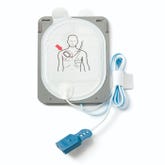
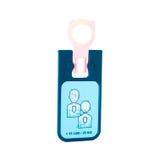
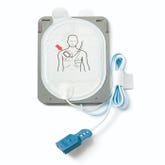
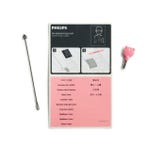
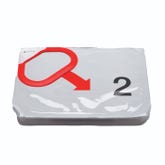

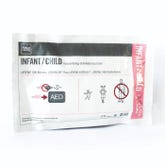
 CALL US:
CALL US: